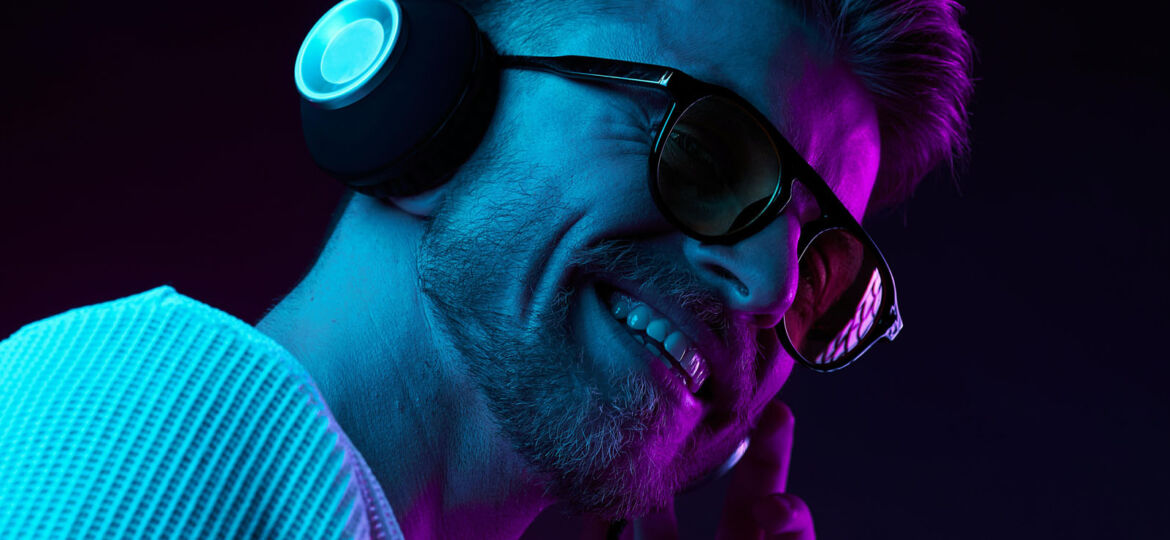
WHY THIS MATTERS IN BRIEF
In order for technology to be adopted by the masses it has to be useful and invisible, Virtual Reality is still struggling with both, but it’s getting better.
 Interested in the Exponential Future? Join our XPotential Community, connect, watch a keynote, or browse my blog.
Interested in the Exponential Future? Join our XPotential Community, connect, watch a keynote, or browse my blog.
Virtual Reality (VR) has been dubbed to “take off” for years now, decades even, but as I’ve been saying for a long time in order for technology to be adopted by the masses it not only needs to give them something they crave, but the technology itself has got to be invisible. For example, remember the 3D TV’s that came out years ago that you had to watch using 3D glasses to get the 3D effect? No, and neither does anyone else.
VR has a similar problem, noone wants to sit at home with the family wearing a giant clunky VR headset, which is why companies like Google have been trying to create invisible headsets and why Panasonic recently debuted a VR headset no larger than a pair of glasses.

Courtesy: Facebook
Now Facebook, the company behind Oculus has joined the party and shown off their own new revolutionary take on the future of VR headsets, and if they ever decide to use Harvard University’s metalense technology one day we could even see them develop VR glasses that are just a few atoms thick which would make their latest prototype look positively huge by comparison.
Facebook and Oculus have been trying to make slimmer and more comfortable VR headsets for a while, but their latest experiment get close to the ideal – displays that are as easy to wear as a pair of sunglasses. Facebook’s Reality Labs has developed a proof-of-concept device that uses holographics with flat films for the optics, leading to displays that are less than 0.35 inches thick — much smaller than the usual LCD or OLED shining through glass. This is helped in part by polarization-based optical folding that moves the light forward and back multiple times, shrinking it well below its original volume.
It should deliver a visual upgrade, too. Although the prototype outputs in monochrome, Facebook is promising a wider colour range and more vivid imagery when the technology is ready. The company also hopes to improve the resolution to the “limit of human vision” and eliminate visible pixels. The field of view should be comparable to existing headsets.
This design is unrefined even compared to prototypes like the Half Dome series, so it could be a long while before you’re wearing a finished product. In addition to colour output though Facebook will have to address challenges like battery life, device connections, and compatibility with conventional eyeglasses. Still, it might be worth the wait, and ultimately this could lead to VR glasses and maybe even Smart Contact Lenses, like these Augmented Reality contact lenses, that you can wear for hours that don’t make you look like an idiot which might then finally mean VR has its day in the Sun.
















